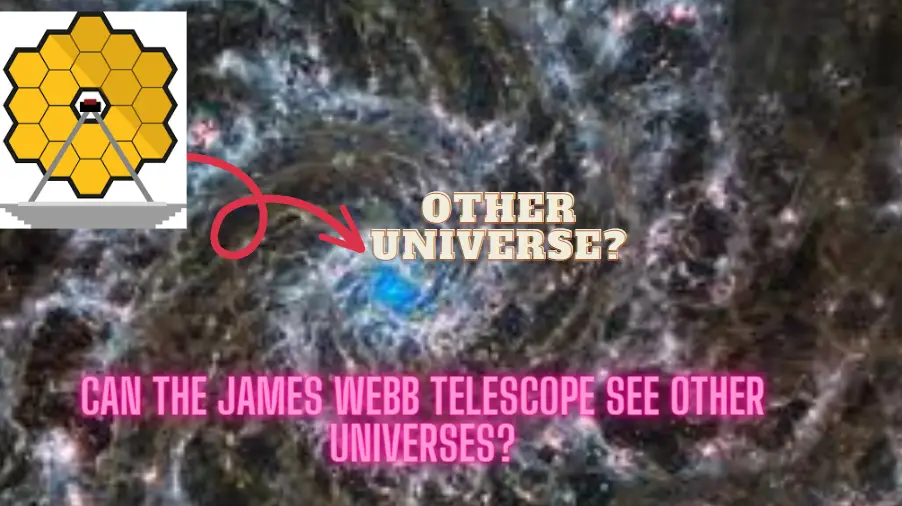The James Webb Space Telescope (JWST) is going to be one of the most powerful space telescopes that have ever been constructed, and it has the potential to completely transform the way we think about the cosmos. It is anticipated that the JWST, with its cutting-edge technology and sensitive instruments, would be able to observe and analyze the development of some of the oldest and most distant galaxies in the universe, in addition to studying the formation of star systems and planetary systems.
But is it possible for the JWST to observe other universes? The simple answer to that question is no. The Joint Wide-Field Space Telescope (JWST) is a powerful device for observation of the cosmos; yet, its capabilities are constrained by the physical laws and the capabilities of its equipment.
To begin, it is necessary to have a clear understanding of what we mean when we say “other universes.” The idea of a multiverse is one that has been floated around in contemporary physics as a potential solution to the problem of how to explain some occurrences that cannot be explained using our existing knowledge of the universe. According to the multiverse idea, there may be an infinite number of worlds, each of which possesses its own unique collection of physical laws and characteristics.
The concept of a multiverse, on the other hand, is still in its early stages of development, and there is currently no empirical evidence to back it up. The observable universe is the portion of the cosmos that can be observed by humans using devices such as telescopes and other scientific equipment. The JWST, like all other scientific instruments, was created to investigate the observable universe.
The James Webb Space Telescope (JWST) will have the ability to observe things that are billions of light-years away from us. This will provide us with a peek of the cosmos when it was in its infancy. It will be able to detect the dim light from the first stars and galaxies that emerged after the Big Bang, and it will also be able to examine the atmospheres of extrasolar planets in the search for indications of life.
The James Webb Space Telescope, on the other hand, does not have the capability of identifying signals or objects that are located beyond the observable universe. Because nothing can move faster than the speed of light, according to the principles of physics, it is impossible for any messages or objects from outside the observable universe to arrive at our location.
In addition, the instruments that are a part of the JWST are created with the intention of detecting particular wavelengths of light, such as infrared radiation. It is not designed to detect other sorts of signals or particles, like as gravitational waves or dark matter, that might be related with other universes.
In conclusion, despite the fact that the James Webb Space Telescope (JWST) is a powerful instrument for researching the universe, it is not able to observe other universes. The idea of a multiverse is still in its early stages of development, and there is currently no empirical evidence to back up this hypothesis. However, the James Webb Space Telescope (JWST) will undoubtedly make a great number of ground-breaking discoveries that will broaden our understanding of the observable universe and assist us in developing a deeper comprehension of our position in the greater cosmos.
![]()
